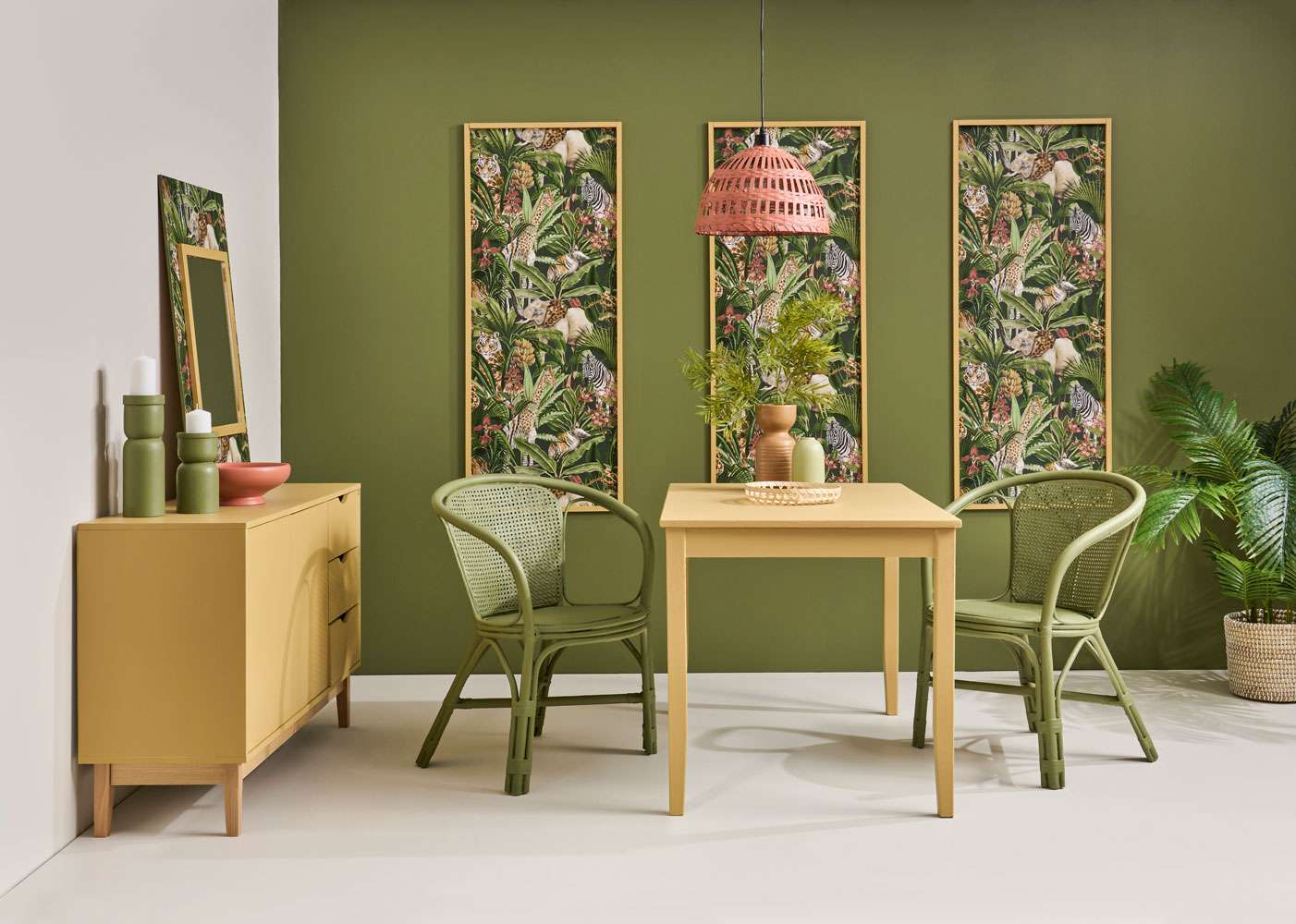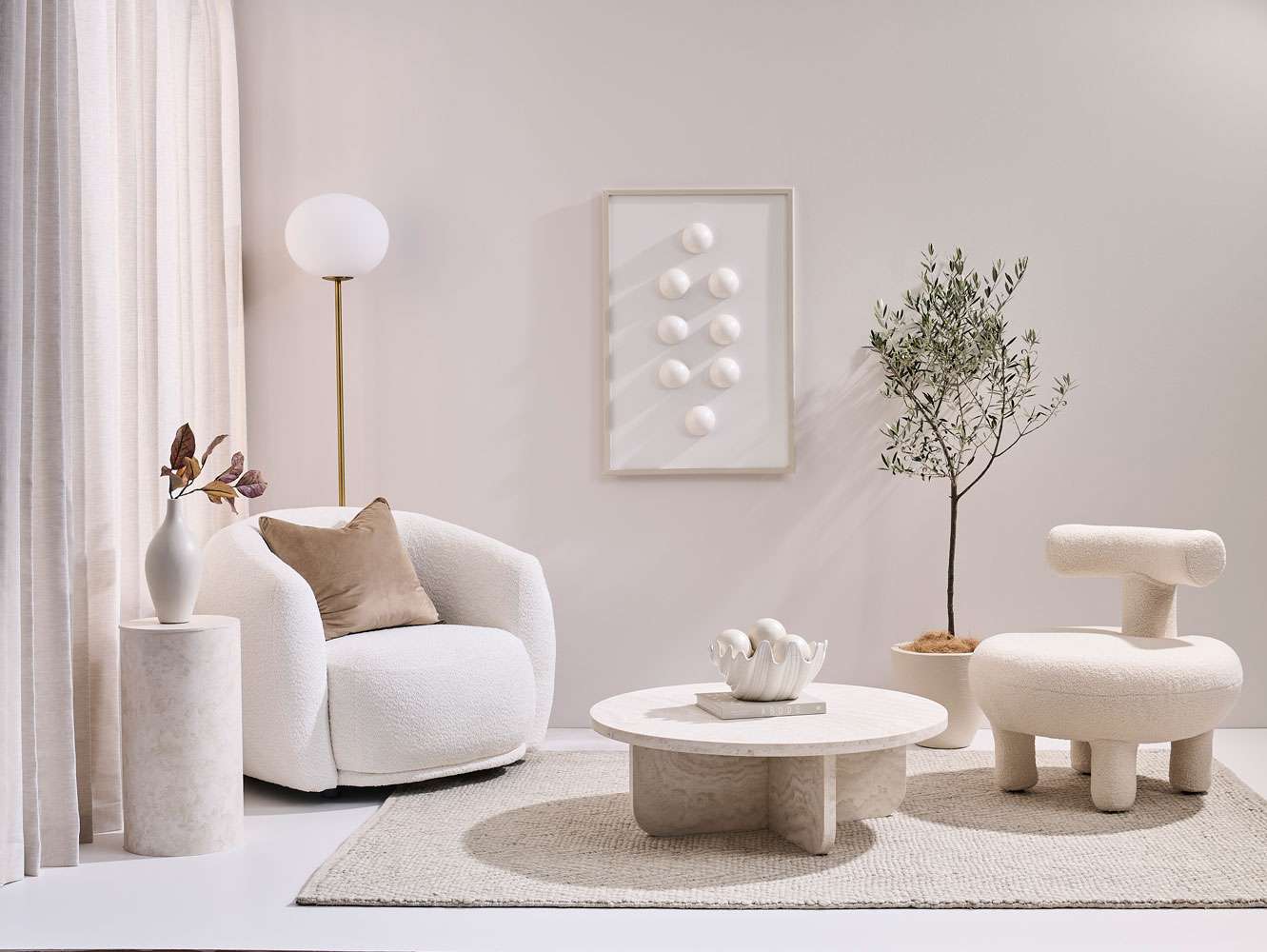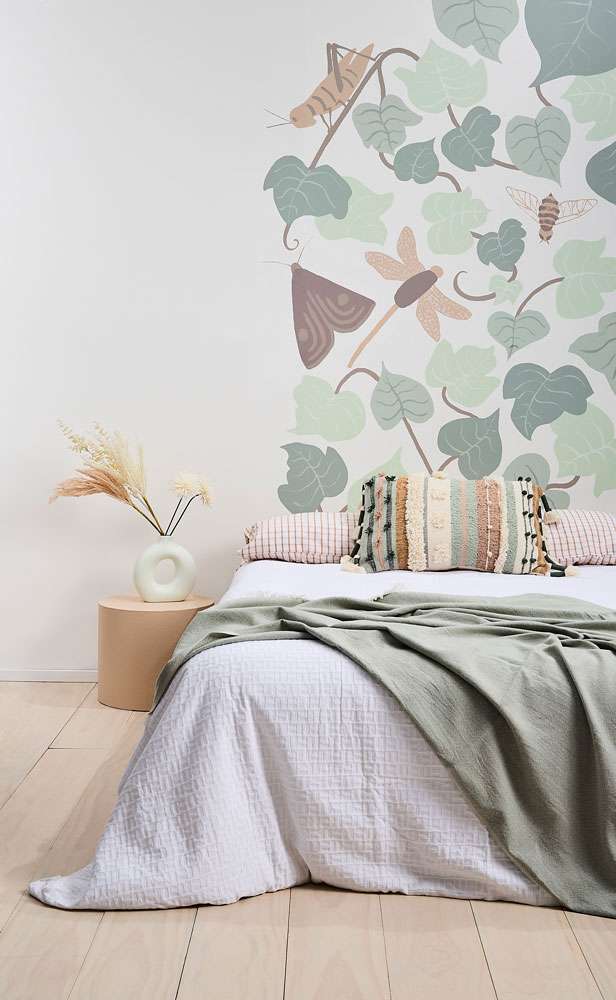Sustainability and protecting the environment are top-of-mind in most things we do these days. From reducing plastics to carbon emissions, we’re much more mindful of how different aspects of our lives impact our surroundings.
When it comes to renovating your home there are things you can consider and choices you can make that will help reduce the footprint of your project so you can get the high-end result you want, without sacrificing Mother Nature.
Plan and prep
One of the key ways to keep your renovation project more sustainable is to reduce your overall waste and one of the most effective ways to reduce waste is to carefully plan and prepare your project before you start.
Start your property search
If you’re doing some, or all of the project yourself, get plenty of expert advice before you start from Resene paint and colour experts and other building and renovation experts so you have a clear, well thought-out plan, ideally drawn up with measurements and details.
Things can change through the course of a project, and you might come across some unforeseen challenges but the more complete your plan is the less likely it is you will over-order and waste expensive and hard to dispose of materials.
When it comes to ordering materials like paint or wallpaper, your Resene ColorShop staff will be able to help you work out how much you need, or try the paint calculator online at www.resene.com/paintcalculator.
Include a waste disposal plan in your preparations. Look around your local area to see if there are companies specialising in the removal of construction waste for recycling or re-use. You may even be able to sell some things to salvage and demolition yards. Leftover paints and empty paint cans can be recycled through the Resene PaintWise service.
See if you can connect with other DIYers in your local area, or make use of platforms like Facebook marketplace or your community social pages. You may find willing recipients who will re-use or upcycle items like wood, pavers or bricks you would otherwise have to dispose of. You might even be able to trade for items you need for your own project.

Leftover Resene wallpaper can be framed as art. Or, to avoid waste, some wallpapers can be purchased in short drops rather than whole rolls. Or if you buy a roll plan a few different projects in the same design to use up the whole roll. This rear wall is painted in Resene Woodland with the side wall and floor in Resene Blanc. The framing around the Resene Wallpaper Collection 91210 is stained in Resene Colorwood Teak, as is the sideboard. The table is Resene Papier Mache and the chairs are Resene Woodland. The light is Resene Crail. On the sideboard the candle holders are Resene Woodland and the bowl is Resene Crail. The tall vase on the table is Resene Brown Sugar and the short vase is Resene Avocado. Rogue faux bamboo leaf from Freedom, rattan basket from Bed Bath & Beyond. Project by Vanessa Nouwens, image by Bryce Carleton.
Deconstruct and upcycle instead of demolish
If your renovation requires the removal of walls, windows or built-in furniture, consider how you will remove it, as part of your project planning.
Think about how you might be able to reuse, upcycle, donate or even sell the materials you’re removing and take some care in how they are removed so there is minimal damage. It might take a little longer than going hell-for-leather with a sledgehammer but you may save yourself some cost in the process - and come up with some creative upcycling ideas as well.
To get your creative juices flowing, look out for some creative upcycling DIY ideas on both www.resene.com/projects and www.habitatbyresene.com. Everything from old furniture or wooden freight palettes can be transformed into useful furniture, storage options or beautiful decorative pieces using your leftover paint or Resene testpots.

Use a paint calculator or check with the paint experts at your local Resene ColorShop to determine how much paint you’ll need, so you can avoid waste. Painting furniture and decor can be a good way to use up leftovers. These walls are painted in Resene Half Blanc, while the floor is Resene Eighth Blanc. The side table is sponge painted in Resene Eighth Blanc, Resene Blanc and Resene Double Blanc. The plant pot is Resene Blanc and the side table vase is Resene Triple Blanc. The picture frame is Resene Double Blanc and the curtain is Resene Echelon in Earth. Lamp from Lighting Plus, chairs and rug from Danske Møbler, cushion from Furtex, coffee table from Soren Liv. Project by Melle Van Sambeek, image by Bryce Carleton.
Expert advice
Ashleigh Strange from the Resene Advice Team has some more helpful, practical advice for keeping your renovation project as sustainable as possible.
Be PaintWise: Take unwanted paint and paint containers into your local Resene ColorShop. Resene can dispose of it responsibly or, where possible, will offer good quality Resene paint to community groups for reuse. They will also recycle packaging materials that are recyclable, send solvent-borne paints to solvent recovery, and find alternative uses for waterborne paints. You can also take your empty paint cans back to Resene. Just let them dry out first, and return with the lid off so the team can see it’s empty.
Use your leftovers: Other ways to make good use of your leftover paint is to donate it to someone else or a community project in need. Save it and use for maintenance re-touches, or as a basecoat for another project.
Top tip: Don’t mix waterborne and solventborne paint leftovers. If mixed, the paint cannot be re-blended or re-used.
Store your paint correctly: Brushes and rollers can transfer contamination from the surface you are painting back into the paint. The best way to work with paint is to tip out a small volume from your tin into a separate paint pot and use that for painting. Pour out only what you need for the job. This will leave the paint in the main paint container fresh and untouched by your brush or roller which will help keep it in tip top condition.
Properly stored paint can last for years. When you’re finished, cover the top of the paint container with plastic wrap, place the lid on securely and store it upside down. The paint will create a tight seal around the lid to keep it fresher for when you next wish to use it. Store away from extreme heat or cold. Keep out of reach of children.
Save unnecessary washing up: Wrap your brush in plastic wrap or place your roller in a reusable plastic bag, squeeze out the air and tie the bag securely around the handle of the roller with a rubber band or twist tie. This will keep the paint fresh while you’re taking a break or overnight and save you having to rinse out brushes and rollers repeatedly.
Buy good quality paint: Lower quality paint, while it may be cheaper at the point of sale, is often a false economy. It can break down more quickly and need repainting sooner, causing more cost and waste. The biggest cost of any painting job is the labour involved in applying it – whether it is your time or that of a professional painter. It makes sense to spend a little more on the paint and have it last longer, than saving a few dollars in the short term then having to re-do the project in a shorter space of time.

Using good quality paints is likely to prove more cost-effective over the long-term as they will be much more durable, particularly on exterior surfaces. These weatherboards are painted in Resene Baring Head, while the deck is stained in Resene Woodsman Uluru. The planter is Resene Baring Head and the small vase is Resene Ocean Waves. The light is Resene Alabaster and the wall art is Resene Timeless and Resene Alabaster. Table and chairs by Danske Møbler, cane basket and cushion from Bed Bath & Beyond. Project by Melle Van Sambeek, image by Bryce Carleton.
Keeping it green
Making sure your paint projects are as sustainable as possible, it’s a good idea to check on the credentials of your paint. With the world of eco-friendly, or even plant-based paints growing quickly it can get overwhelming.
There is a lot of confusing terms being thrown around like low VOC (volatile organic compounds), hybrid waterborne alkyds, renewables and fossil hydrocarbons, but how do you know products are legitimately environmentally-friendly, or plant-based, and not just subject to ‘green-washing’ where the language sounds good, but it’s hard to be sure of the credentials.
A good bet is to start with products that have the Environmental Choice eco-label on the packaging. This label, available on a wide range of household and office products, helps you know that what you’re buying is a reliably environmentally friendly product that has been independently verified.
Resene has been a part of the Environment Choice programme since 1996 and offers the most extensive range of approved paints, stained, preparations products and coatings suitable for both home and commercial applications.
There are also options for people wanting to ensure their paint products are plant-based, which are the next breakthrough in eco paints. Resene has had many paints that use no animal products like tallow or beeswax for years. These include popular products such as Resene Lumbersider Low Sheen, Resene SpaceCote Flat, Resene Enamacryl and Resene Lustacryl, among many others.
The most recent evolution of eco paints are hybrid waterborne alkyds, made with plant oils such as linseed or castor oil, instead of fossil oils.
Resene’s range of hybrid waterborne alkyds includes Environmental Choice-approved Resene Room Velvet for interior walls. It dries to a beautiful, silky, low-sheen finish that is low-odour and very durable. Other hybrid waterborne alkyd options include Resene Waterborne Lusta-Glo semi-gloss which is perfect for trim areas, and Resene Woodsman Decking Oil Stain for decks and more products are due to be released soon.

Resene Room Velvet, from Resene’s range of plant-based hybrid waterborne-alkyd paints, tinted to Resene Eighth Rice Cake gives the wall of this bedroom a soft, soothing finish. It’s finished with decorative leaves and insects painted in Resene Edward, Resene Rainee, Resene Kandinsky, Resene Cashmere, Resene Zorba, Resene Tom Tom and Resene Willow Brook. The side table is painted in Resene Cashmere and the vase is Resene Double Rice Cake. Pillowcases from Adairs, cushion in front and throw from Citta. Project by Shani Luckman, image by Bryce Carleton.
Top tip: If you want help with your sustainable renovation, you could try an eco-decorator. The Resene Eco.Decorator network, www.ecodecorator.co.nz, helps you find professional painting contractors committed to sustainable principles and practices.
Did you know … Resene Earthsense Ceiling Paint is made from renewable raw materials and sold in pails made from 100% recycled plastic.
Be paint-smart when you are choosing darker colours and consider opting for a Resene CoolColour finish, which will help your Resene paint or stain reflect more heat than a normal version of the colour.
For advice on your next project, visit your local Resene ColorShop or ask a Resene Paint Expert free online.









